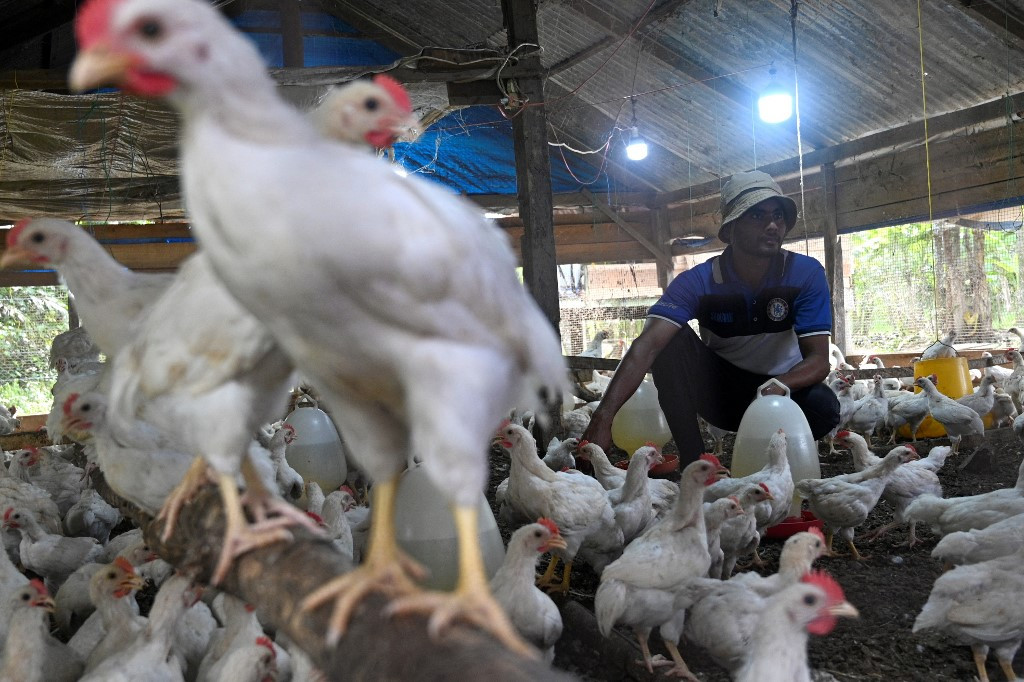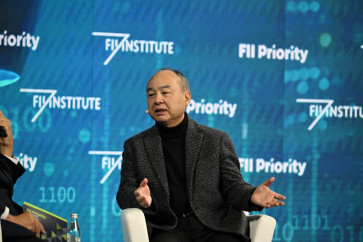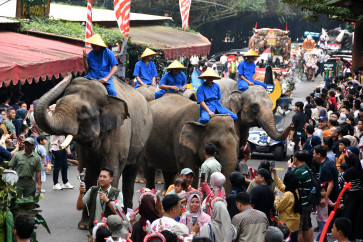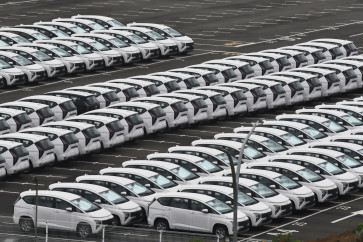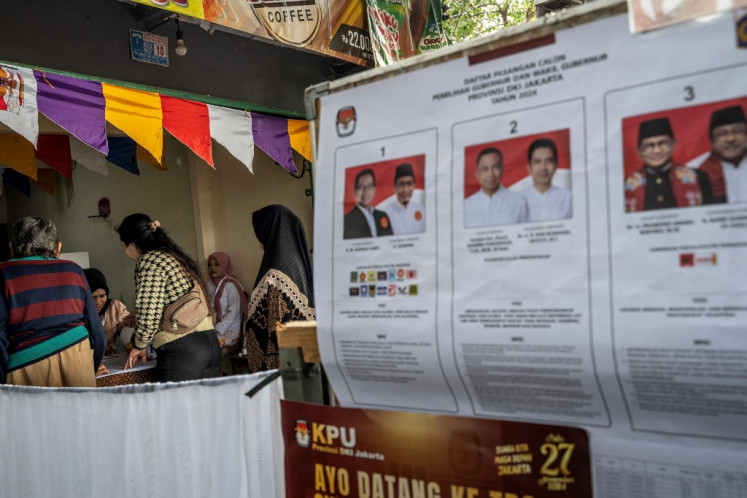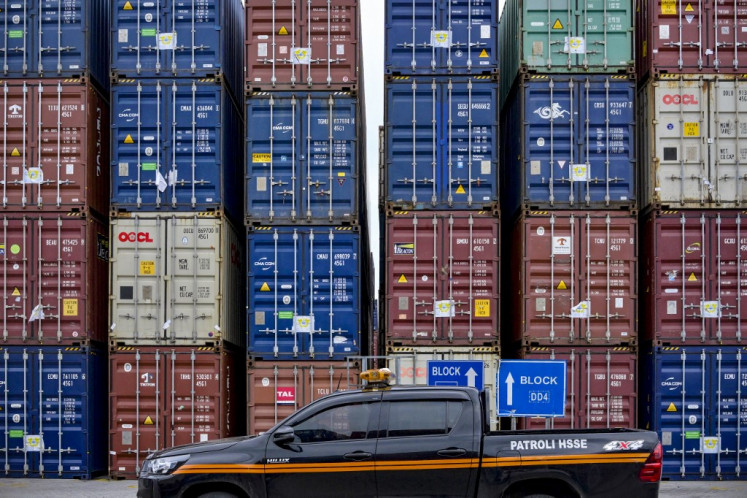Popular Reads
Top Results
Can't find what you're looking for?
View all search resultsPopular Reads
Top Results
Can't find what you're looking for?
View all search resultsProlonged oversupply, costly input to hamper poultry firms this year
Some analysts forecast that the earnings before interest, taxes, depreciation and amortization (EBITDA) of local poultry firms will improve this year but is still under pre-pandemic levels.
Change text size
Gift Premium Articles
to Anyone
T
he Indonesian poultry industry is poised to see its growth constrain this year with firms reported to see its bottom line eroded, despite increase in sales last year following challenges stemming from a prolonged oversupply of live birds and high input costs.
Industry players and analysts said expected earnings before interest, taxes, depreciation and amortization (EBITDA) of poultry firms may improve due to rising demands, but it would remain below pre-pandemic level.
Last year, publicly listed major poultry firms PT Japfa Comfeed Indonesia, PT Charoen Pokphand Indonesia and PT Malindo Feedmill, saw their annual net profit drop by 29.8 percent, 19.1 percent and 57.2 percent, respectively.
Those figures declined despite the three firms posting an increase in annual net sales by 9 percent, 10 percent and 21 percent, respectively.
Arief Witjaksono, co-founder of a tech startup named Pitik, which helps chicken farmers to purchase animal feed and sell their harvests, said the prolonged Russia-Ukraine war has disrupted the wheat supply used as one of the raw materials to produce animal feed for the poultry industry to this date.
The disruption has led to a hike in wheat prices that translated to soaring input costs for the poultry industry.
"Those two countries are supplying around 30 percent of the global wheat demand. Maybe the price could only drop when the war is over," Arief told The Jakarta Post on Wednesday.
Read also: Indonesia could set up farm in Batam to export fresh chickens to Singapore
Michael Filbery, an analyst at Sinarmas Sekuritas said in a February note that the price of soybean meal (SBM) used in producing chicken feeds would remain high in the first quarter this year. His data showed a 10 percent annual hike compared to last year’s average to US$480 per tonne.
A Samuel Sekuritas research note, however, said there was a possibility that Argentina and Brazil may book strong production and export of SBM that may help to suppress the price this year.
This would allow Japfa's EBITDA to increase by 25 percent annually to Rp 4.5 trillion along with a 9 percent annual hike in net sales to Rp 53.5 trillion this year.
"We foresee Japfa to feel the impact of high raw material prices and low demand for broiler and day-old chicken (DOC) at least until the first half of this year,” Samuel Sekuritas research published on March 3 stated.
“[However] we expect Japfa to see some recovery in the second half, supported by the increase in demand following improved global and domestic macroeconomic conditions,” it added.
Factoring in the elevated input costs, MNC Sekuritas wrote in its research note, Japfa’s EBITDA margin may only improve to 8.4 percent this year, still below its 5-year-average of 10.1 percent.
In addition, the local poultry industry was still struggling with prolonged oversupply of live birds that has been suppressing farm gate prices.
The supply was imbalanced due to miscalculation in imports of grandparent stock, parent seeds that will give birth to chicken in poultry meat production.
The Agriculture Ministry has tried to solve the problem through a culling strategy, a program to keep population in check via exterminating a number of chicken stocks
However, the recent culling strategy could not keep the chicken price at the beginning of this year. The broiler chicken was priced Rp 16,300 ($1.09) per kilogram in January, marking a 12 percent drop compared to the previous month.
Read also: Govt may adjust poultry pricing guidelines to help farmers
Mirae Asset Sekuritas' analyst Emma A. Fauni said, as quoted by Kontan, culling requests were pretty low, which affected the effectiveness of the program.
The normal quantity for culling should be at least 20 million per week, whereas between October and November last year, it only covered 14 million chickens per week. It also dropped to half the amount between December 2022 and January this year.
The most recent culling program still only required poultry farms to annihilate 14.9 million chickens per week between February and April.
Raka Junico, a research analyst at MNC Sekuritas said in a report on April 5, the lower culling program was used to maintain supply during the festive season during Ramadan.
However, he said he expected the government to carry out additional culling of between 200 million and 326 million chickens throughout the year to help lift farm gate prices above the reference price between Rp 21,000 and Rp 23,000 per kg.
Should it happen, it can offset the cost per live bird and improve commercial farms’ margin, he said, adding it could be a positive sign for major poultry firms.

